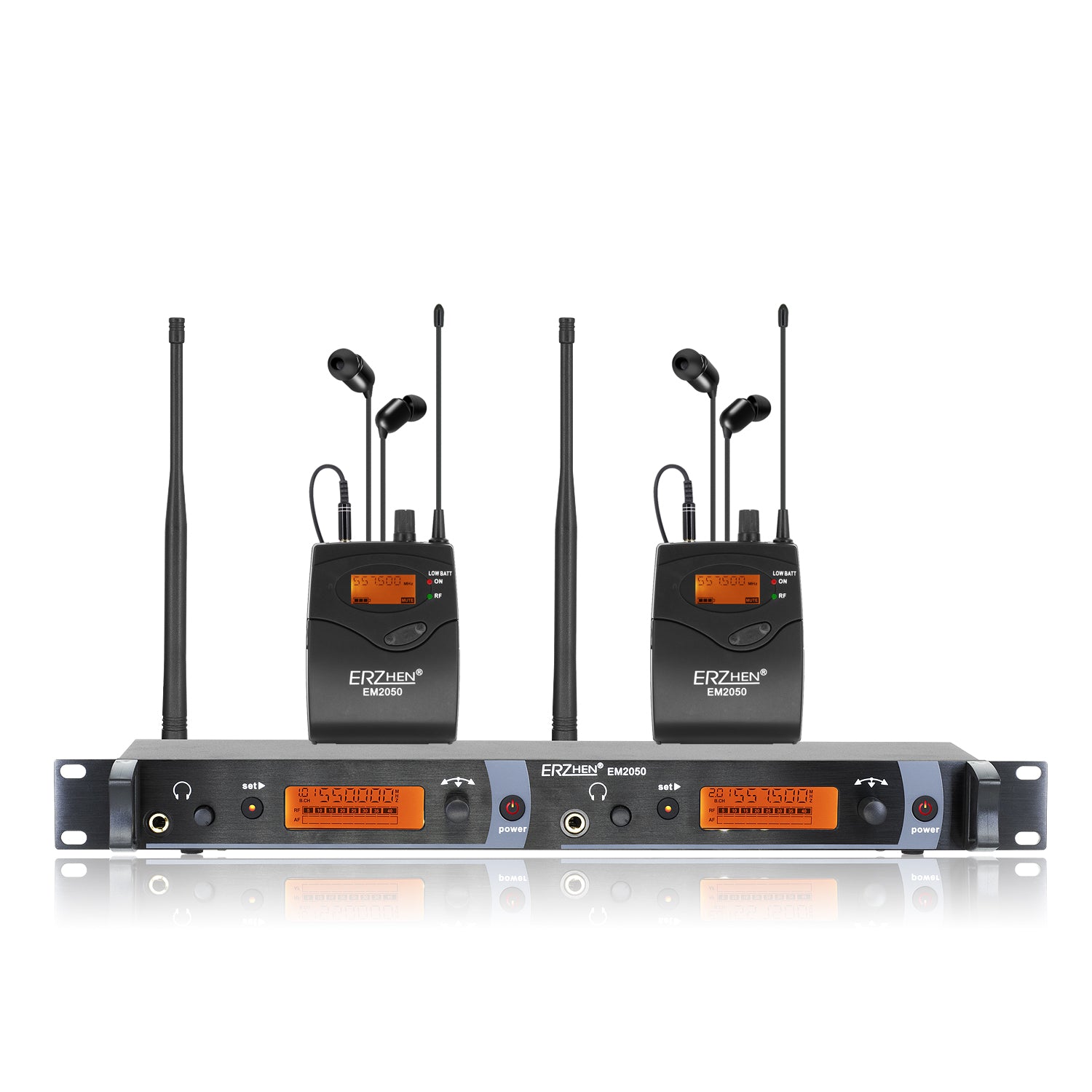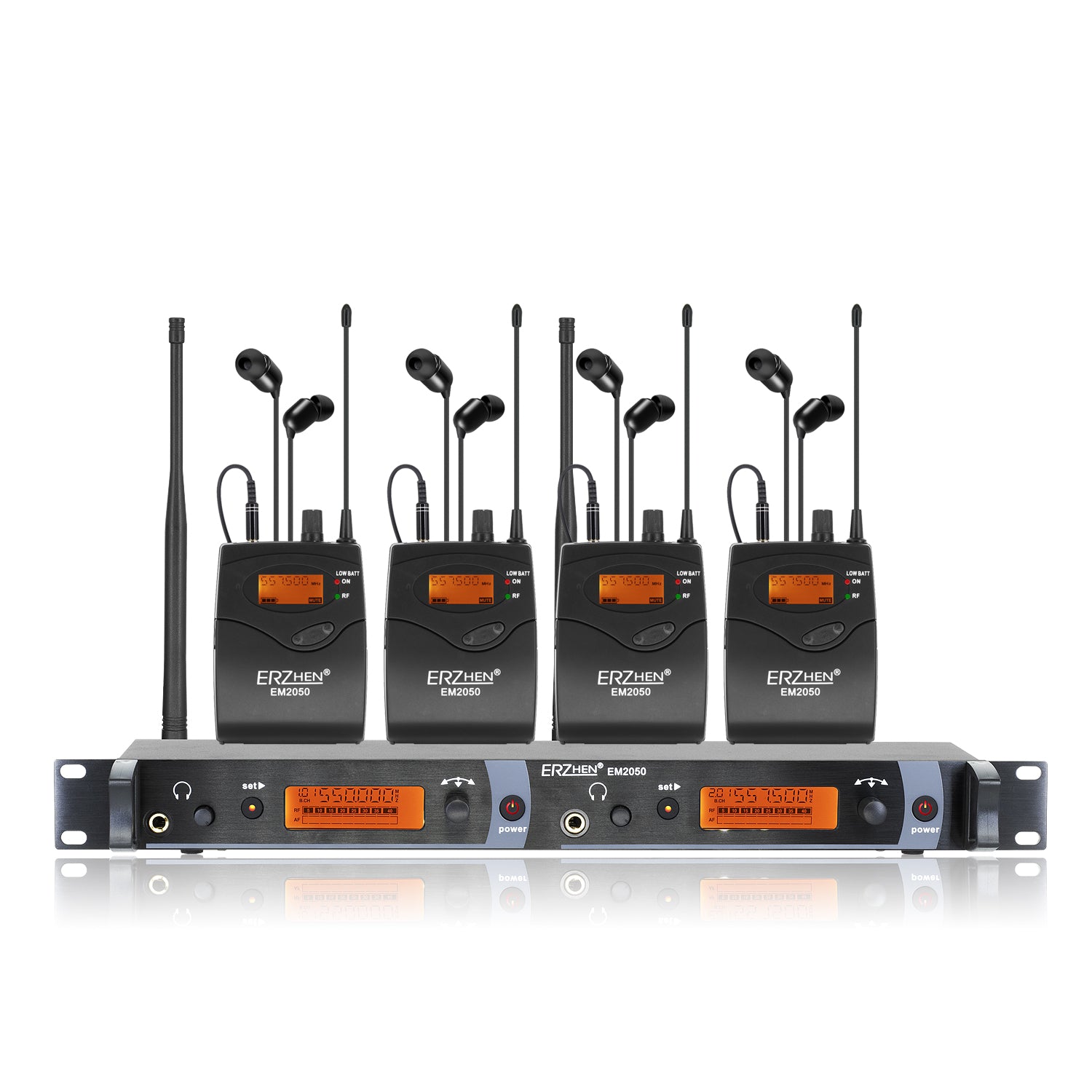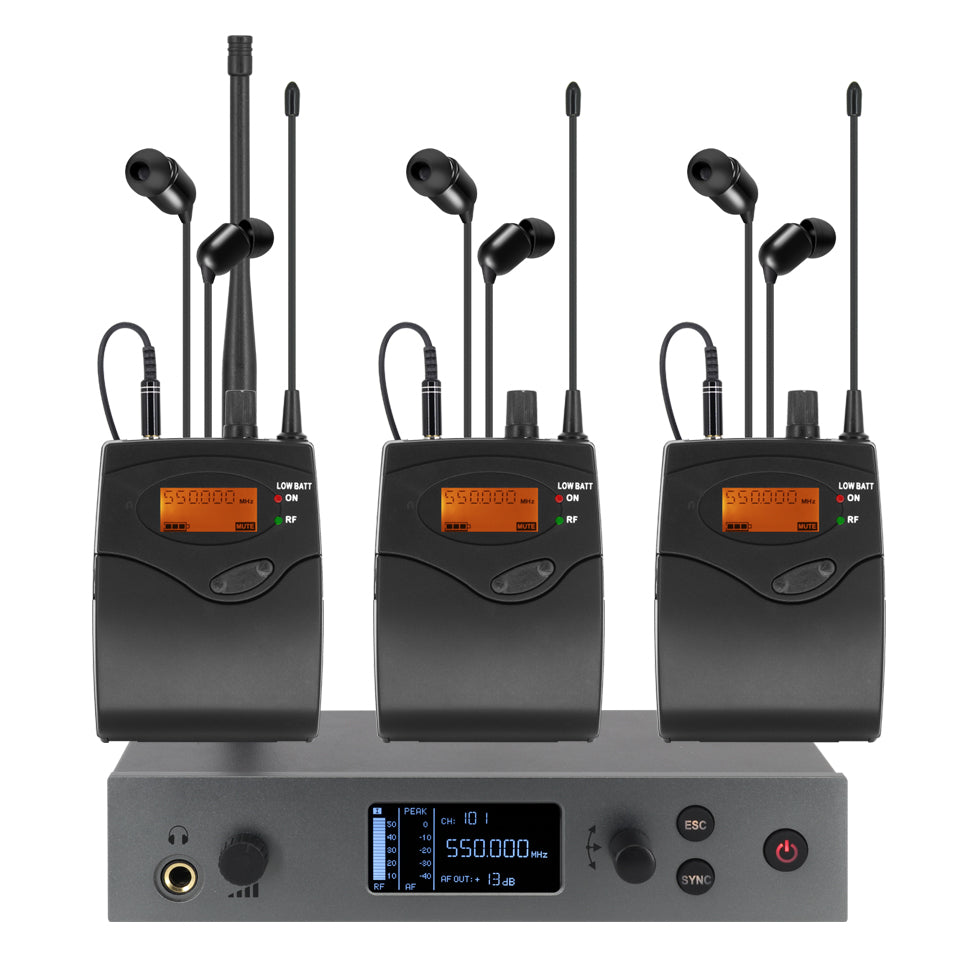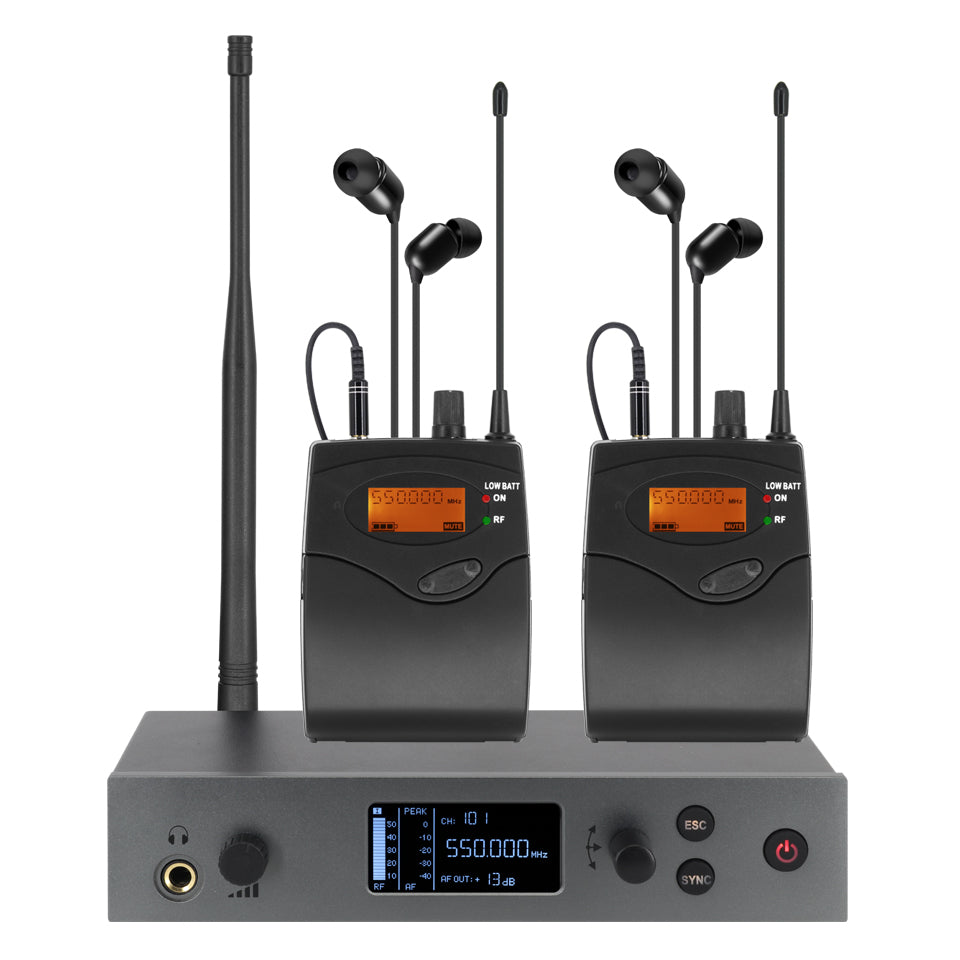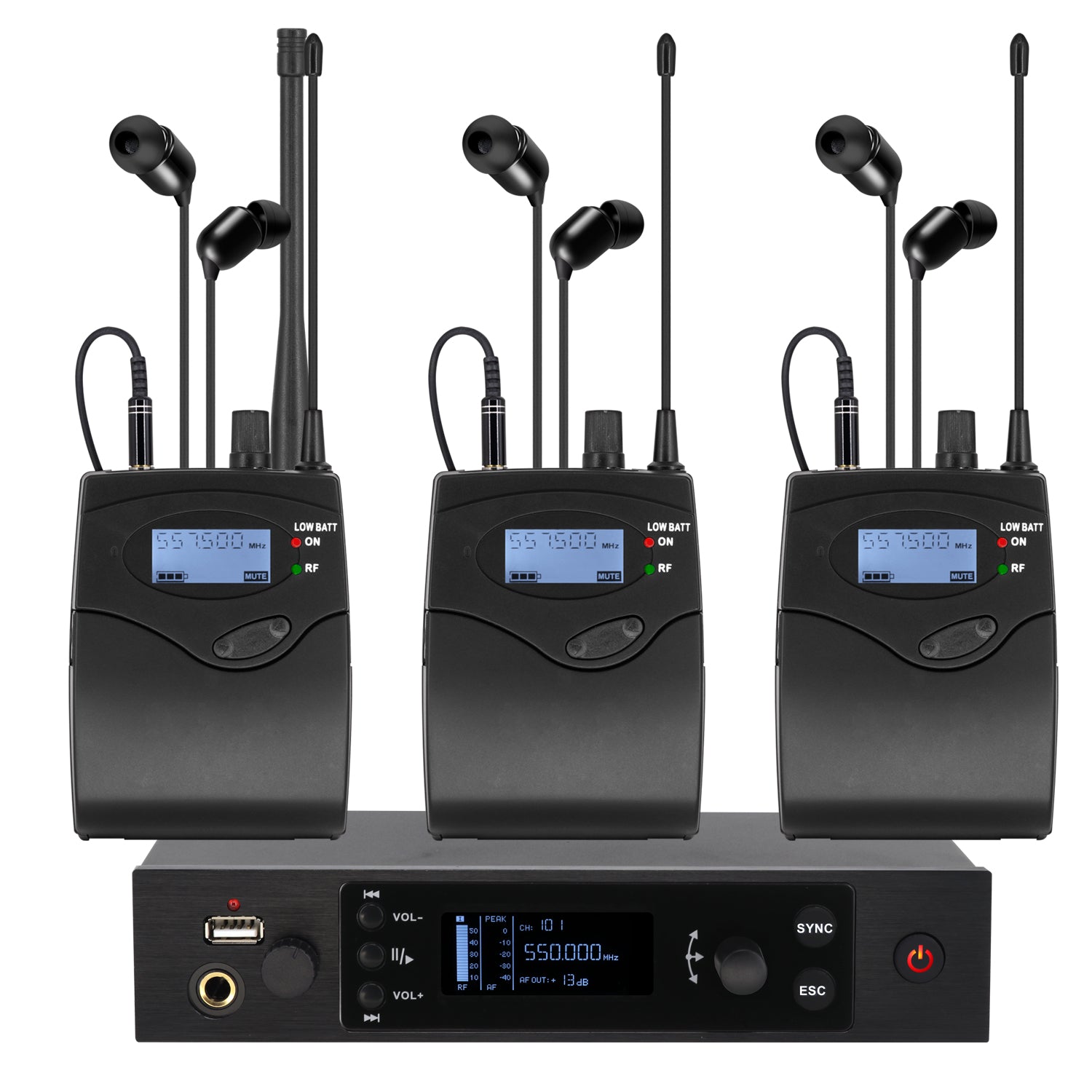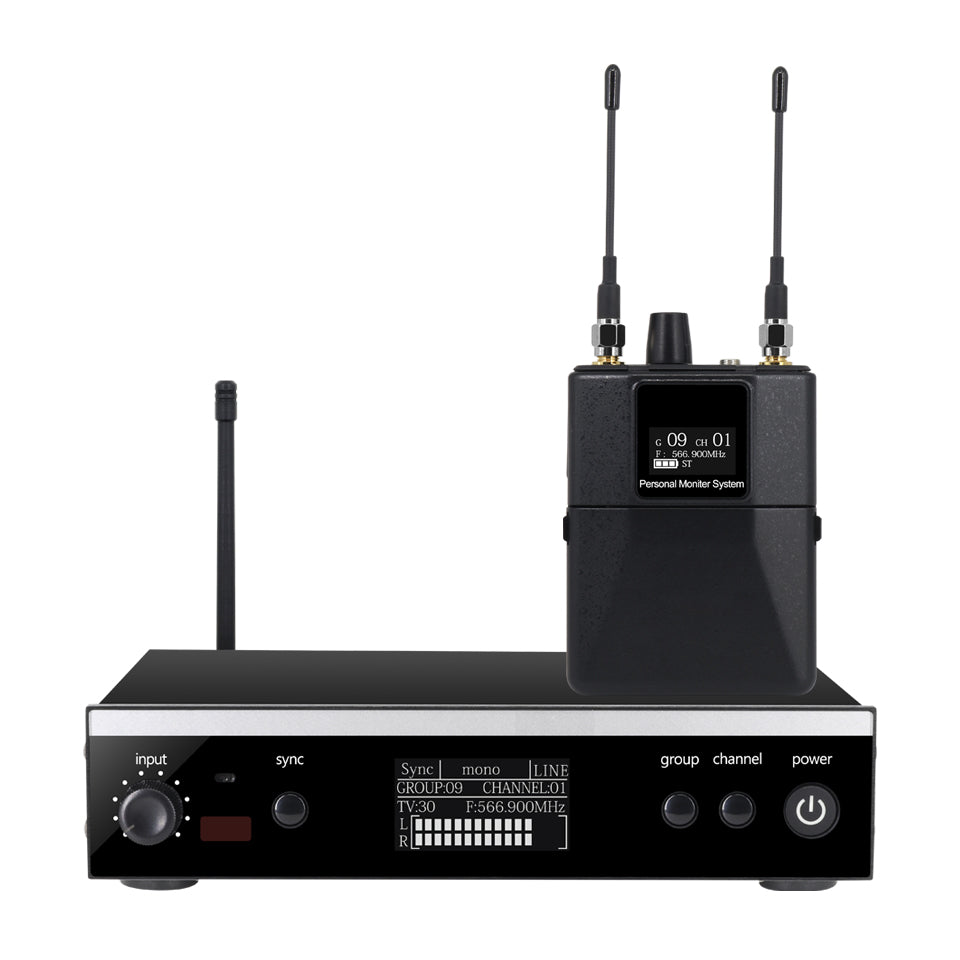ERZHEN In-Ear Monitor
Are In-Ear Monitors Worth It?
In-ear monitors (IEMs) offer numerous benefits, including superior sound quality, noise isolation, and personalized monitoring. They are worth the investment for musicians, performers, and audio professionals who prioritize accurate sound reproduction and a comfortable listening experience.
What Is an In-Ear Monitor Used For?
In-ear monitors (IEMs) are used to provide personalized audio monitoring in various settings, such as live performances, recording studios, and broadcasting. They allow musicians and performers to hear themselves and other audio sources clearly while minimizing external noise, providing better control over their sound and performance.
What Equipment Is Needed for In-Ear Monitoring?
Setting up an in-ear monitoring (IEM) system requires several essential components, including in-ear monitors, wireless transmitters, receivers, and audio sources such as mixers or audio interfaces. Additionally, musicians may use bodypack receivers, personal monitoring systems, and custom-molded earpieces for a tailored listening experience.
What Do Professional Musicians Use for In-Ear Monitors?
Professional musicians often opt for high-quality in-ear monitors (IEMs) that offer superior sound clarity, comfort, and durability. Custom-fit earpieces, multi-driver configurations, and advanced noise-canceling features are common among top-tier IEM models preferred by professional musicians for live performances and studio work.
Do In-Ear Monitors Block Out Sound?
Yes, in-ear monitors (IEMs) are designed to block out external sound effectively. The snug fit of the earpieces creates a seal in the ear canal, isolating the listener from ambient noise and providing a clearer, more focused audio experience. This noise isolation enhances sound quality and allows musicians to concentrate on their performance without distraction.
